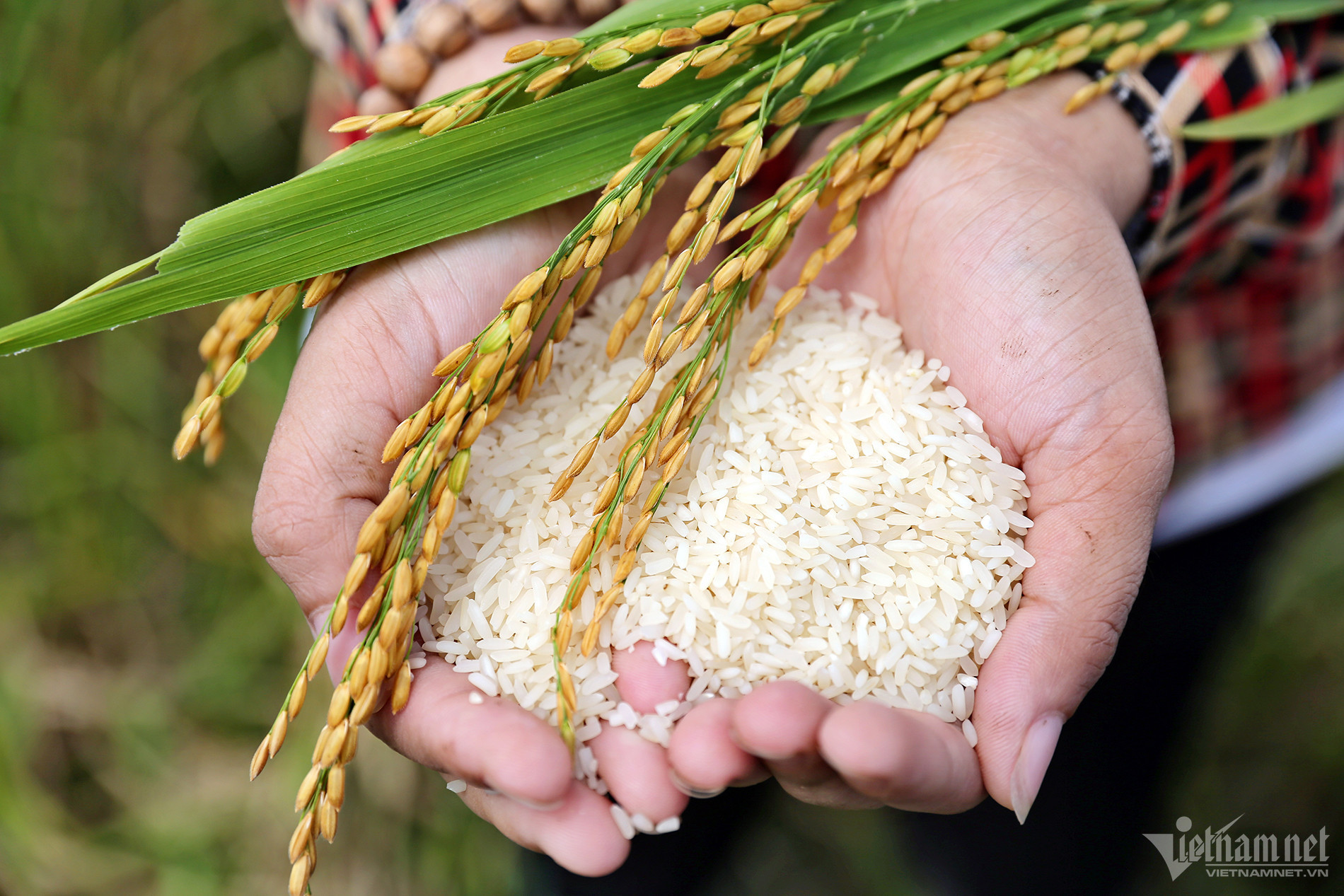
2023 was a bumper year for Vietnam’s rice with new records made. Vietnam continued to be one of the rice export powerhouses in the world.
Rice is closely associated with Vietnamese culture and consciousness.
Vietnam witnessed revolutions in rice production in the past, including land reform, farmland household contract regime, centrally planned economy, and indigenous rice varieties to cross-breeding high-yield varieties.
Vietnam is now a big rice exporter. Rice exports bring several billions of dollars in revenue each year. Vietnam’s rice is not only sold to poor countries but it has entered choosy markets such as Japan, South Korea, the US and Europe. Vietnam’s rice is recognized as the best in the world and is the choice of famous chefs.
Many people may say Vietnam has large rice growing areas, but Hoan refutes this. If sitting on airplane and looking down, one will see that rice fields are like interlaced small-area patches, just several sao (1 sao = 360 m2) each patch. The average area of agricultural land per household in Vietnam is among the lowest in the world.
A new revolution
But nothing is constant. Amid the great challenges created by climate change, market fluctuations and consumption trends, the rice value chain needs to adapt to new circumstances to become professional and sustainable.
Vietnam not only needs to create high-quality products, but also contribute to the creation of a stable and safe ecosystem.
“I have told businesses that consumers not only buy products, but also buy the way products are created. They also buy the production culture and business culture. This means that consumers not only require high quality of products, but also require producers to be responsible for the environment and society,” Hoan said.
In the seafood sector, European consumers do not allow illegal, unreported and unregulated (IUU) fishing. They do not buy all fish, but only buy fish caught in a transparent way. And the same rule will be applied to rice production.
The plan on sustainably developing 1 million hectares of high-quality and low-emissions rice fields, according to Hoan, will be the beginning of a new revolution in rice production.
The Mekong Delta is one of the five deltas that suffer the most from climate change. If implementing the 1million hectare plan, Vietnamese farmers would not only have 9 million tons of high-quality rice, but could also sell carbon credits. This will convey a message to the world that Vietnam is seeking new values, striving for green growth, and a circular low-emission economy.
Hoan said he has sent letters to leading enterprises in the rice production sector, inviting them to participate the 1 million hectare plan. The large enterprises will be the ‘eagles’ leading smaller enterprises, called ‘sparrows’, that will create a strong rice ecosystem.
However, both ‘eagles’ and ‘sparrows’ need to change their way of thinking. Enterprises need to work with farmers to create a new image for Vietnam’s rice adaptable to green consumption.
Selling rice culture
Hoan said it is now time to increase the value of rice grains and open new space for paddies. In Mu Cang Chai in Yen Bai province, farmers not only sell rice, but also promote the landscapes on terraced fields to tourists who stay in hotels and homestays.
He mentioned the rice-clam worm-fiddler crab cultivation model in Tu Ky in Hai Duong province. Previously, farmers only tilled rice on their fields and earned profits of VND30-50 million per hectare. Now, with the rice-clam worm-fiddler crab model, they can pocket hundreds of millions of dong per hectare.
Clam worm and fiddler crabs can only live in a clear environment, with no chemicals. If farmers have clam worms to sell, this means that their rice is also ‘clean’.
Hoan said every region and province in Vietnam has its own conditions. The rice yield of terraced fields is not as high as in the Mekong Delta or Red Delta, but if farmers promote ‘landscapes’ of terraced fields, their income may be tens times higher than the income from selling rice alone.
Tam An